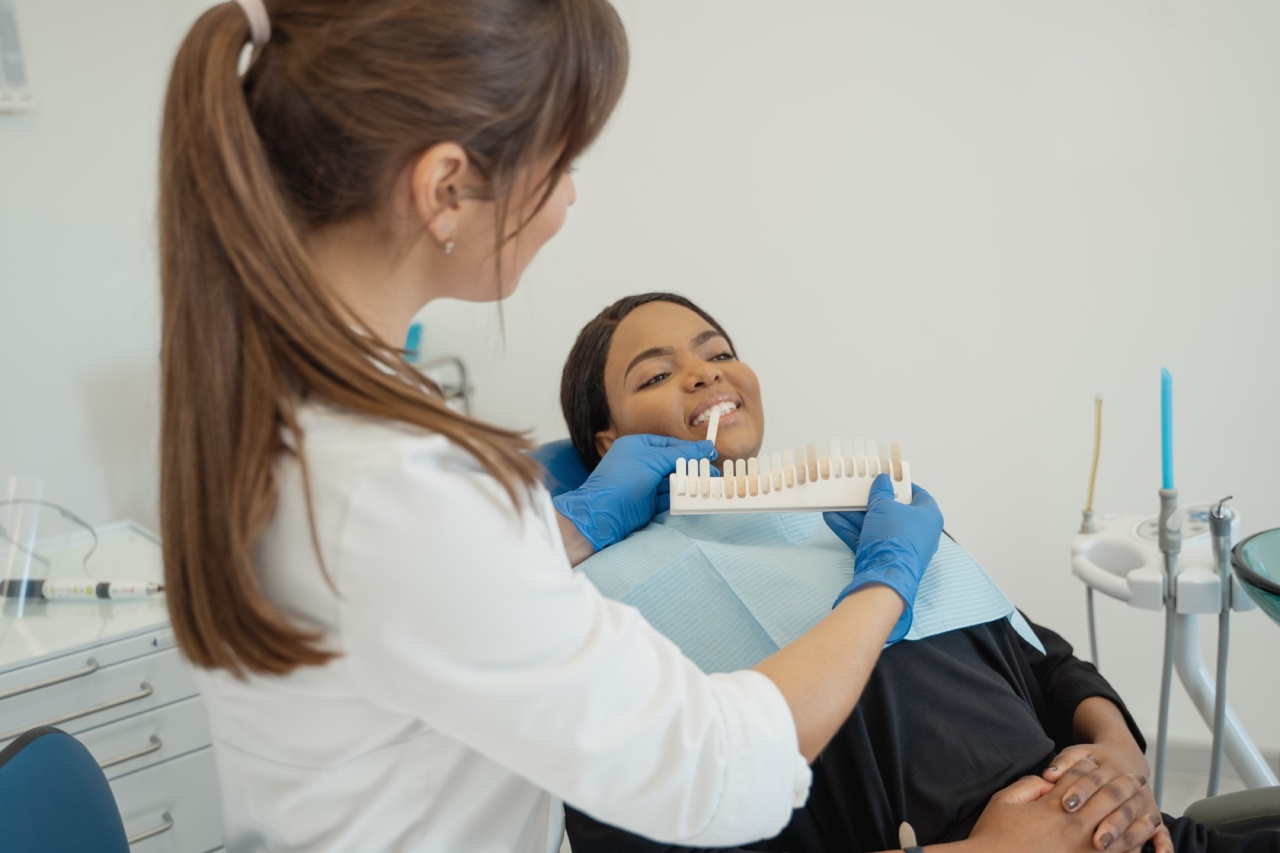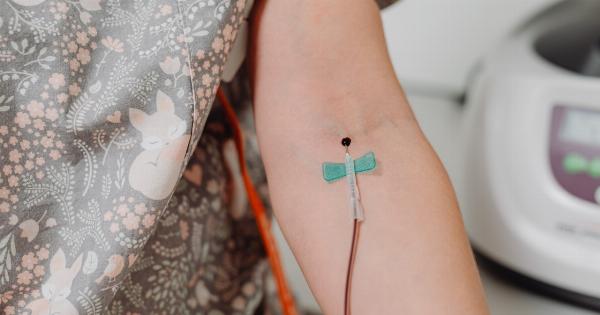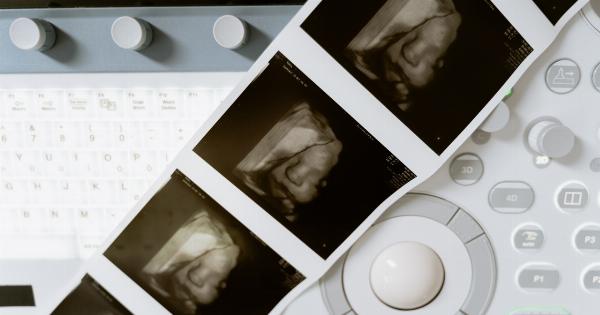Peripheral fistula is a medical condition that occurs when there is an abnormal connection between an artery and a vein in the body’s peripheral system.
The condition often leads to complications such as swelling, pain, and a noticeable bulge under the skin. Peripheral fistulas can occur naturally or as a result of medical procedures such as dialysis and chemotherapy. This guide is meant to help patients understand the diagnosis, treatment options, and possible complications of peripheral fistula.
Diagnosis
If you suspect you may have peripheral fistula, it is important to see a specialist known as a vascular surgeon who can make an accurate diagnosis.
The diagnosis is typically done through a physical examination where the doctor will look for signs of swelling, redness, and bulging veins. They will also use diagnostic tests such as duplex ultrasound, angiography, and CT scans to confirm the diagnosis and locate the fistula’s location. Once the diagnosis is made, the doctor will recommend treatment options.
Treatment Options
The treatment of peripheral fistulas largely depends on the fistula’s location, size, and severity. The primary goal of treatment is to prevent complications such as infection and thrombosis.
The following are some of the treatment options that are often recommended by vascular surgeons:.
1. Observation and Monitoring:
If the fistula is small and posing no significant health risks, the doctor may recommend that you observe it and come for follow-up appointments to monitor its progress.
2. Compression:
This treatment involves using compression therapy, where a special bandage is applied over the affected area to compress the vein and reduce swelling. This option is often recommended for patients with mild-to-moderate sized fistulas.
3. Surgery:
If the fistula is large, causing discomfort, or does not resolve on its own, the doctor may recommend surgery to fix it. There are two types of surgical procedures that can be performed.
One involves closing the fistula’s entry point, while the other involves creating a bypass around the fistula. The type of surgery recommended will depend on the fistula’s location and severity.
4. Endovascular Treatment:
This treatment option is often used for patients who cannot undergo surgery because of their age, health status, or other medical conditions.
Endovascular treatment involves using a catheter to deliver medication directly to the affected area to close the fistula.
Possible Complications of Treatment:
While all these treatment options have been proven effective, they do come with some possible complications. For instance, surgery can increase the risk of infection, bleeding, and nerve damage.
Compression therapy can also lead to the development of ulcers in some patients. Endovascular treatment is still new, and its long-term effectiveness is still unknown.
Recovery after Treatment:
Recovery from peripheral fistula treatment will depend on the treatment option chosen and the severity of the case. Surgery can take several months to heal fully, and compression therapy may require long-term use.
After any treatment option, it is important to keep the affected area clean and dry and follow the doctor’s instructions. You may experience some pain and swelling during recovery, but this should subside within a week or two.
Conclusion:
Peripheral fistula can be a painful and uncomfortable condition, but with proper diagnosis and treatment, it can be managed and even cured.
If you suspect or have been diagnosed with a peripheral fistula, it is important to consult with a vascular surgeon who can recommend treatment options. By following this guide, you should be better equipped to understand the diagnosis, treatment options, and possible complications of peripheral fistula.



























